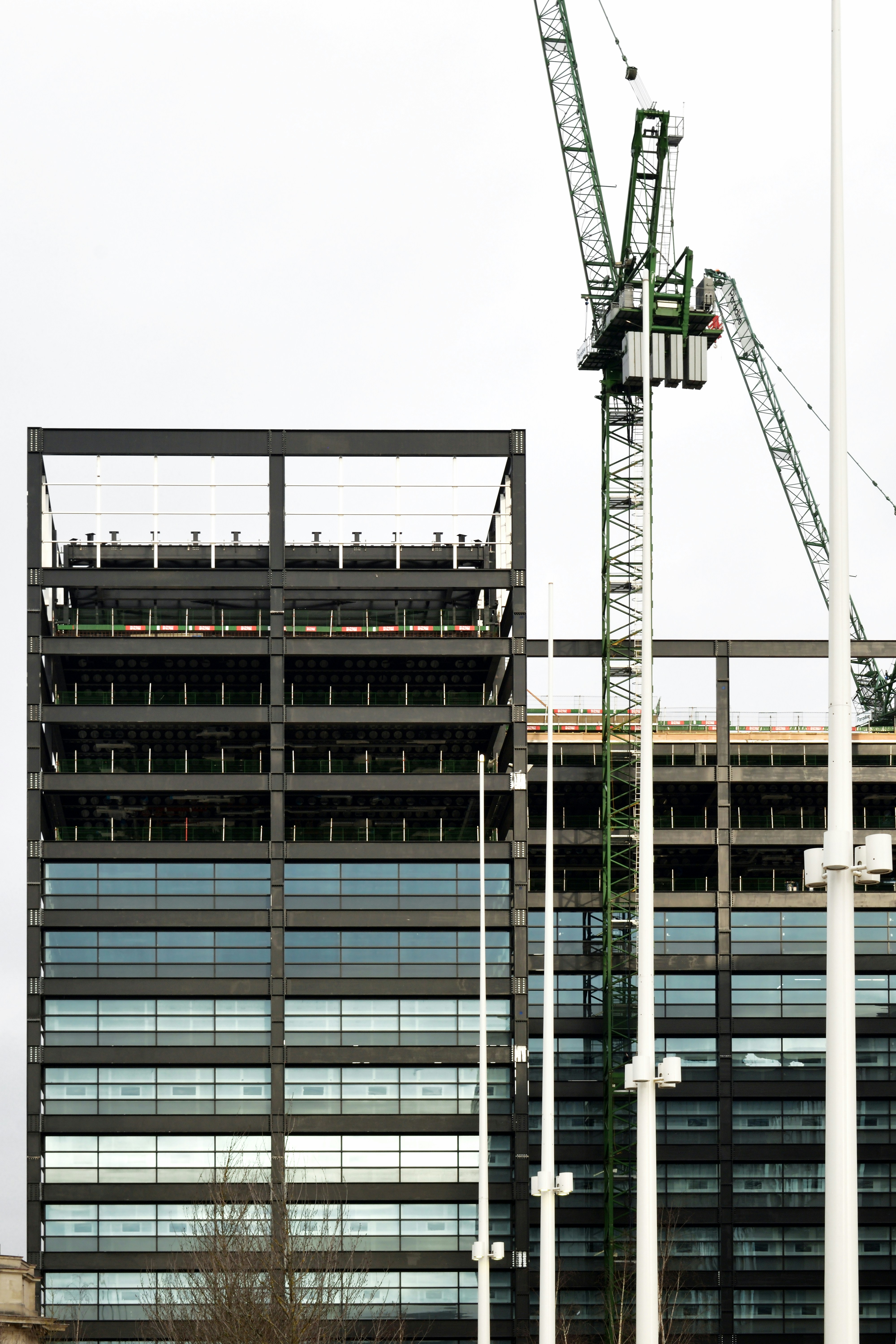The Growing Importance of Hurricane-Resilient Structures
With hurricanes becoming more intense due to climate change, there is an urgent need to adapt our infrastructure. Florida, often in the path of these powerful storms, faces unique challenges in protecting its population and economy. Adapting building codes to enhance hurricane resilience is not just about protecting buildings; it’s about safeguarding lives and livelihoods.
Why Stronger Building Codes Matter
Building codes are critical in minimizing damage during hurricanes. They set the standard for construction, ensuring buildings can withstand strong winds and water intrusion. Improved codes mean increased resilience against hurricane forces, which can significantly reduce rebuilding costs and downtime for affected communities.
The Evolution of Florida’s Building Codes
After Hurricane Andrew in 1992, Florida took decisive action to strengthen its building codes, becoming a national leader in hurricane-ready construction. Recent advancements focus on materials, designs, and technologies that enhance structural integrity. This has been particularly important in coastal areas, where the threat of damage is highest.
Innovative Construction Techniques
New materials and construction methods are emerging that promise to increase resilience. Innovations like impact-resistant windows, reinforced roofing systems, and elevated structures are becoming standard in hurricane-prone zones. These advancements, along with stricter building codes, ensure that new constructions can better withstand the harsh conditions brought on by hurricanes.
Challenges in Implementing Stricter Codes
While the need for improved building codes is clear, implementing them is not without challenges. Cost is a significant factor, as more resilient building materials and techniques can be expensive. Additionally, there’s a need for widespread public education on the benefits of these investments, not just in new constructions but also in retrofitting existing structures.
Incentives for Compliance
To encourage compliance with updated building codes, Florida offers several incentives. Property insurance discounts and state grants are available for property owners who meet the new resilience standards. This not only motivates compliance but also raises awareness about the importance of building stronger structures.
Retrofitting Older Buildings
Many older structures do not meet current building codes, making them especially vulnerable to hurricanes. Retrofitting these buildings with modern resilience features is crucial. It involves reinforcing roofs, installing storm shutters, and waterproofing foundations. While retrofitting is a significant investment, it can greatly reduce risk during a storm.
The Role of Community and Government
Community awareness and government initiatives play vital roles in the successful implementation of adaptive building codes. Local governments in Florida work alongside communities to ensure that building standards meet current needs and future challenges. This collaboration is crucial for efficient planning and response efforts.
HelpNow works tirelessly to support these efforts, providing educational resources and advocacy for stronger building practices. Through workshops and training sessions, they empower individuals and organizations to prioritize resilience in their construction projects.
Policy and Collaboration
Effective policy and collaboration between state and local governments are essential in adapting building codes. The Florida Building Commission plays a crucial role by reviewing and updating the codes regularly, ensuring that they incorporate the latest research and technological advancements. This body collaborates with engineers, architects, and environmental experts to formulate guidelines that meet the evolving challenges of hurricanes.
Looking Ahead
As we look to the future, continuing to adapt building codes for hurricane resilience is essential. This involves not just maintaining current standards but also anticipating future challenges. With climate change expected to bring more frequent and intense storms, Florida must remain vigilant and proactive.
In conclusion, while adapting building codes for hurricane resilience involves challenges, the benefits are clear. Stronger, more resilient buildings mean safer communities and reduced economic disruption in the face of hurricanes. By investing in better construction practices today, we can ensure a more secure tomorrow for all Floridians.

